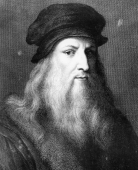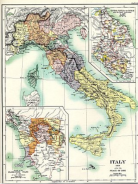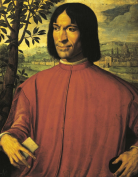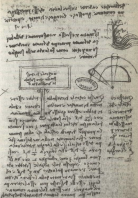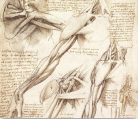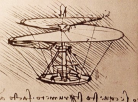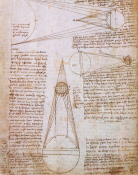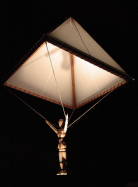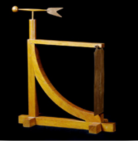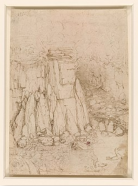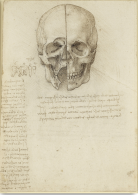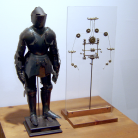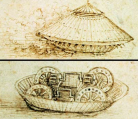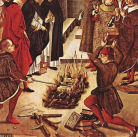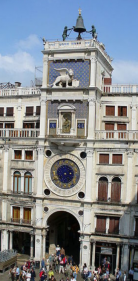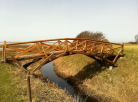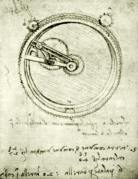Birth of Leonardo da Vinci
14 Apr 1452
Leonardo da Vinchi was born in April 14, 1452. He had many skills but was especially talented in metal crafting, painting, and learning new skills quickly. He accomplished many things over his lifetime but he was especially known for his paintings and drawings. We have also now learned from his notebooks how many things he invented and scientific discoveries he found.

 This timeline will explore the scientific and historical events of 1501-1600, concentrating on the scientific theories of Leonardo da Vinci.
This timeline will explore the scientific and historical events of 1501-1600, concentrating on the scientific theories of Leonardo da Vinci. 